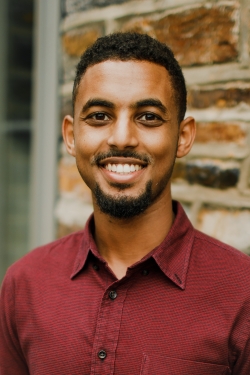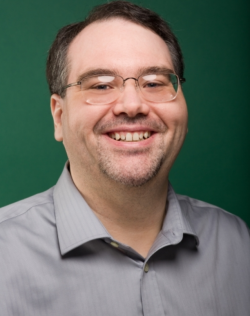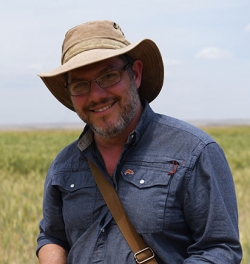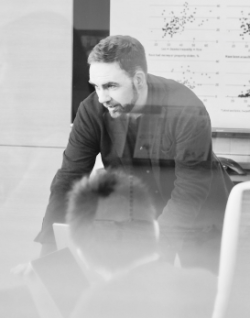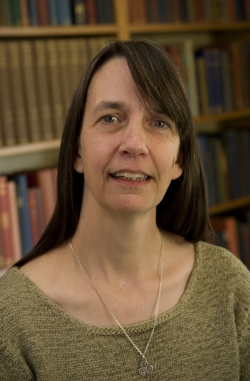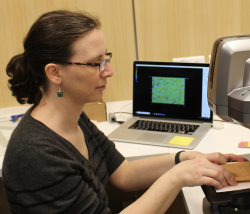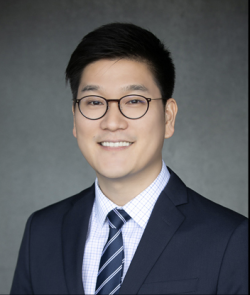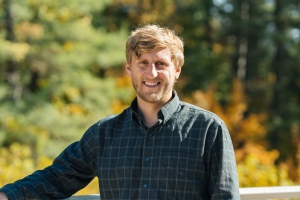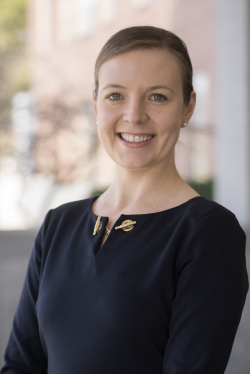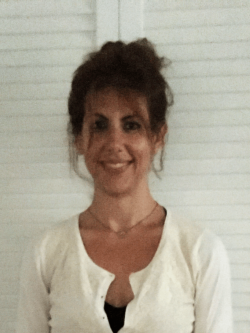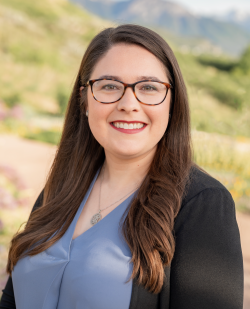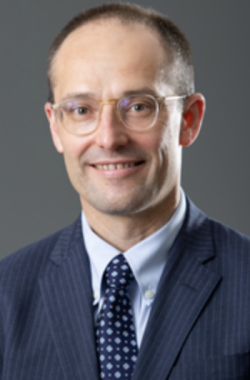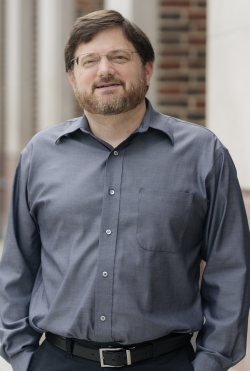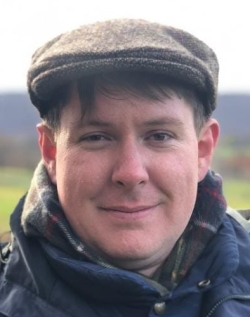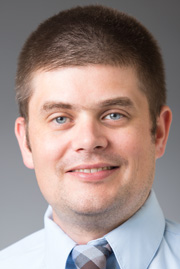Discrimination Against those of Asian Descent
To what extent do members of the public and various economic elites (e.g., employers, elected officials, educators, physicians, etc.) discriminate against those of Asian descent in the many economic and social interactions that make up our everyday lives? In the last couple of years there have been many documented instances of hostility against Asians the world over that range from verbal harassment to brutal physical abuse. These have occurred in many advanced democracies including—but not limited to—the United States, France, Italy, Croatia, Finland, Hungary, Ireland, the Netherlands, Russia, Germany, Sweden, Belgium, Canada, and the UK as well as in various developing nations in South America, Oceania, and Africa. With public officials in many nations adding pejorative labels to COVID-19 (e.g. calling it the "Chinese virus") and racial animus on the rise against other racial/ethnic groups the world over, it is vitally important to explore the extent, scope, nature, and origins of hostility against those of Asian descent in economies across the globe.
This project's key objective is to expand our understanding of the scope, nature, and origins of discrimination against those of Asian descent across various OECD countries and, in so doing, to lay the groundwork for expanding the community of academic and non-academic leaders studying and seeking to address this core issue. To achieve this important goal, I will use a unique and novel combination of advanced methods for measuring discrimination in a series of survey experiments, correspondence experiments, and lab-in-the-field experiments to measure discriminatory behaviors against those of various Asian groups—including those from China, Japan, Korea, and other Asian nations. These will provide us with a comprehensive and robust understanding of the nature of bias against those of Asian descent in both high and low-stakes environments.
